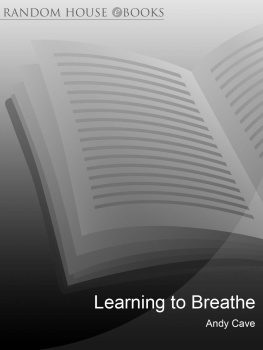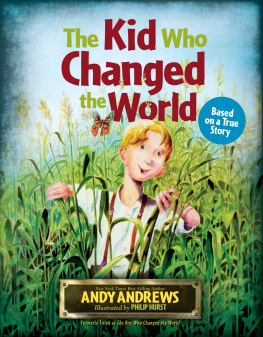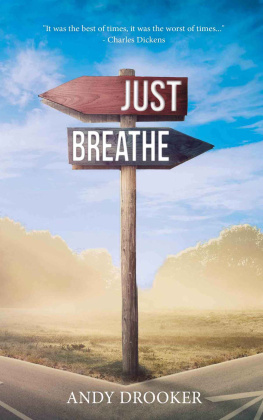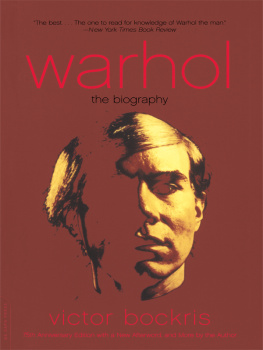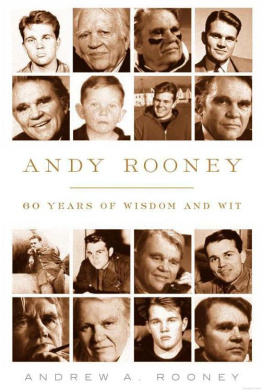Learning to Breathe
Andy Cave

Contents
About the Book
This passion of mine had started long ago when, as an inquisitive child, I scrambled up the local pit muckstack. Later, as a teenage coalminer disillusioned with the world of dirt and darkness, I had fallen in love with real mountain climbing. That night, approaching the tent on the knife-edge ridge of a Himalayan peak, little did I know that this love affair was about to end. The following four days would be the most harrowing of my life.
For Brigid, Gerry, Kate, Jenny and Arthur
Illustrations
First section
Andys grandfather with one of his prize rabbits
Old mining methods ( Leeds Museums and Galleries)
Grimethorpe Colliery ( National Coal Mining Museum for England)
Pickets prevent the bailiffs seizing the funds of the NUM, Barnsley ( Martin Jenkinson)
Strike canteen, Barnsley ( Martin Jenkinson)
Pete Swift climbing on Stanage ( Shaun Hutson)
Ben Nevis ( Neil McAdie)
Andy is lifted from the ridge of Innominata, Bregaglia ( Phil Young/Val Partington)
Alistair Nelson on Glydr Fawr ( Alistair Nelson)
Andy in the Khumbu, Nepal ( Andy Perkins)
Grand Pilier DAngle, Mont Blanc ( Neil McAdie)
Paul Jenkinson on the bivvy ledge, South Face of Marmolada, Dolomites
Gasherbrum IV ( Chris Flewitt)
The G IV team at base camp ( Chris Flewitt)
The North Face of Changabang ( Roger Payne)
Brendan Murphy in downtown Delhi
Roger Payne in a temple in Rishikesh ( Brendan Murphy)
Lower part of face showing climbers in action ( Roger Payne)
Second section
Brendan leading on the second day of Changabang climb
The shining mountain
Andy during the afternoon storm ( Brendan Murphy)
The day after the storm ( Brendan Murphy)
Brendan on the fifth day of climbing
Brendan leads the ice tongue during day six
Andy on steep thin ice ( Brendan Murphy)
Andy looking jaded on the eighth day
Steve Sustad, Brendan Murphy and Mick Fowler
Andy just below the Shipton Col ( Mick Fowler)
Julie-Ann tends to Andys frostbite ( Roger Payne/Julie-Ann Clyma)
Elaine climbing on Fisher Towers, USA
Arthur Cave senior
Andy climbing The Shroud, Ben Nevis ( John Houlihan)
Andy on Not To Be Taken Away, Stanage ( Pete ODonovan)
Unless otherwise attributed, all photographs are from the authors collection
Maps
Introduction
From the stygian gloom of a coal mine in South Yorkshire to the sunburst snow-blinding vistas on the summit of a Himalayan peak is quite a journey. Andy Cave made the transition with seemingly effortless ease and has written of the experience with the flair of a born raconteur.
I first met Andy Cave in Islamabad in 1987. A wire-thin man with John Lennon style spectacles, his self-effacing manner and studious air belied the power and determination that had driven him from the pits of Barnsley to play dangerous games on high mountains. I was to discover only later what an extraordinarily talented climber this man was to become. His ready perceptive wit and natural flair as a storyteller quickly endeared him to the rest of the team. Rapidly nicknamed Rickets for his scrawny physique that was daily being ravaged by exploding intestines, he shrugged off the weird and wonderful experience of travelling and eating in Pakistan with nonchalant ease.
We departed for the mountains in a red transit van driven at the speed of Ayrton Senna by a drug-addled Punjabi with the driving skill of a small warthog. Thirty-six hours later, twenty hours overdue, we arrived in Gilgit after one of the most terrifying travelling ordeals I had ever experienced. How we did not die was beyond me. Watching the drivers brother punch him viciously to the ground did little to assuage the frightening memories of the journey up the Karakoram Highway. On the return journey I elected to fly out of Gilgit despite my powerful fear of flying.
It was on the hair-raising journey to Gilgit that Andy told me about the days he had spent working the mines, struggling through the miners strike and discovering the unalloyed pleasure of fresh air, steep rock and the gymnastic freedom of climbing. Looked upon with frank incomprehension by his friends, he chose to spend many working hours underground reading books in the cramped noisy spaces found beside the rattling mayhem of a coal conveyor belt. I was impressed. It was the sort of gritty life story that film producers would scramble over themselves to acquire. I always thought that they would produce the uneasy nostalgia movies beloved by Billy Elliot aficionados and scorned by those who lived such real lives. Andys descriptions of the miners strike and work in the pits, told with self-deprecating humour, were far more interesting than the ballet shoes and pickaxe melange served up by film buffs from London.
Andy and John Stevenson went on to make the first ascent of the unclimbed Tupodam and after a wonderful trip bonded by laughing memories Andy set off, penniless as ever, for Nepal and another climbing expedition. His drive and enthusiasm was daunting. I recognised it for the same peculiar illness I had suffered not so many years before. An ailment I embraced passionately, something that defined my life, and something that was eventually to be subdued during some harrowing days in Peru a couple of years earlier. The Tupodam expedition was my first attempt at mountaineering since those days and, despite failing at the high camp owing to a collapsing knee, I had felt the first tremors of excitement about climbing returning to me. I may never again have the passion that coursed through Andys soul but at least I had not given up on the mountains.
Over the following years, as Andy honed his already formidable climbing skills and amassed an impressive list of extreme ascents, I learned of his attempts to further his education. Applying the same drive and concentration to his studies as he did to his climbing he emerged with a degree and a PhD; not bad for a lad brought up to be groomed for a life in the mining pits of South Yorkshire.
In recent years we had chatted about our life experiences and the subject had come around to writing. Sensing his natural style as a raconteur I felt that Andy should write as soon as possible. He demurred for reasons that I did not question. You cannot be forced to write.
I find it hard to believe how quickly time passes after the death of a friend. I suppose we just get on with life and the years go by swiftly, yet unaccountably in the quiet moments when we recall a lost friend, it always seems as if it had happened yesterday. I remember the shock of seeing Andy after his return from Changabang in 1997. Emaciated and frostbitten, he had the bewildered and glazed look of a man who had spent too much time staring into the abyss. Even in the warmth of a pub in Hathersage, as he quietly explained what had happened I could see that occasional unfocused look drift across his eyes as the telling of the recent tragedy flooded his mind with bitter memories. As always we felt numb, helpless in the face of the stark facts, and irrationally hopeful that maybe we were wrong and the door would crash open and in would stride the smiling tousled-haired man we knew so well. Andy sadly ended that pitiful hope.

